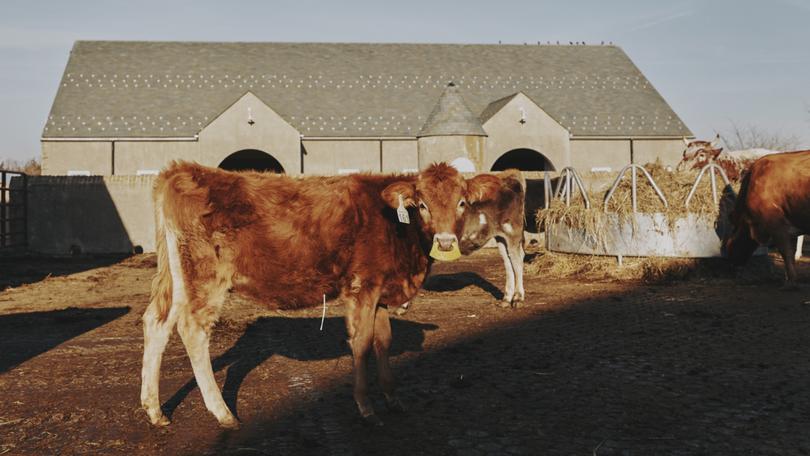THE NEW YORK TIMES: Person infected with bird flu in Texas after contact with cattle

At least one person in Texas has been diagnosed with bird flu after having contact with dairy cows presumed to be infected, state officials said Monday.
The announcement adds a worrying dimension to an outbreak that has affected millions of birds and sea mammals worldwide and, most recently, cows in the United States.
So far, there are no signs that the virus has evolved in ways that would help it spread more easily among people, federal officials have said.
Sign up to The Nightly's newsletters.
Get the first look at the digital newspaper, curated daily stories and breaking headlines delivered to your inbox.
By continuing you agree to our Terms and Privacy Policy.The patient worked directly with sick dairy cows, said Lara Anton, a spokesperson for the Texas Department of State Health Services. “We have tested around a dozen symptomatic people who work at dairies, and only the one person has tested positive” for the virus, she said in an email.
The patient’s primary symptom was conjunctivitis; the individual is being treated with an antiviral drug and is recovering, according to the Centers for Disease Control and Prevention.
The Department of Agriculture announced the first cases in dairy herds in Texas and Kansas last week and, a few days later, in an additional herd in Michigan. Preliminary testing suggests that cows in New Mexico and Idaho may also be infected.
The virus has been identified as the same version of H5N1, an influenza subtype, that is circulating in North American birds.
The CDC is working with state health departments to monitor other people who may have been in contact with infected birds and animals, the agency said Monday. It also urged people to avoid exposure to sick or dead birds and animals, as well as to raw milk, feces or other potentially contaminated materials.
This is only the second case of H5N1 bird flu in people in the United States; the first was in 2022. The risk to the general public remains low, experts said. But testing and analysis is ongoing, and there are many unanswered questions.
“This is a rapidly evolving situation,” the USDA said in its announcement last week.
This article originally appeared in The New York Times.
© 2024 The New York Times Company
Originally published on The New York Times
